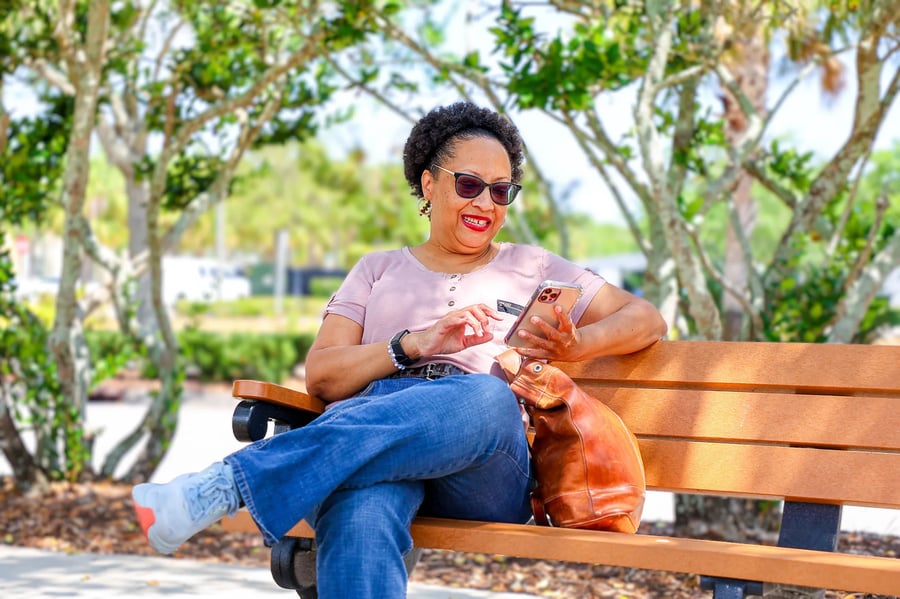Feature
Stroke Clinician Journal: Kandu Principal Illness Navigation Services
Peer-Reviewed Paper in the Official Journal of the Association of Neurovascular Clinicians | May 9th, 2024
Feasibility of a Telemedicine-Based Principal Illness Navigation (PIN) Service for Complex Populations Following Hospital Discharge After Acute Stroke
ABSTRACT
Background
Principal Illness Navigation (PIN) services may play an important role in helping patients through important transitions in care following acute hospitalization. We evaluated a novel PIN telemedicine approach to understand the feasibility of providing these services to diverse patient cohorts.
Methods
A single-arm, retrospective observational study of Kandu Health’s post-acute PIN service was conducted in patients experiencing ischemic or hemorrhagic stroke in California and New Jersey. The technology-enabled program offered remote healthcare support led by occupational therapists and licensed clinical social workers that was tailored to individual patient needs to facilitate transition to community settings post-discharge. Barriers to recovery were addressed through patient education, one-on-one guidance, and specialized referrals. Patient outcomes were assessed through in-app assessments and clinician-assessed modified Rankin Scores conducted via video consultation. Readmissions were monitored through both patient reporting and admission/discharge/transfer feeds from health information exchanges.

Results
Conclusions

This paper is one of three articles and an editorial published in the Spring 2024 issue of Stroke Clinician journal detailing the role of navigation in stroke recovery in the US. Click below to read the full publication for free in Stroke Clinician.



